EU declaration conformity
Temperature | humidity sensor wall mounting | 24 VAC - VDC
Product description
The RSTHG-3 series consists of advanced room sensors designed to measure indoor temperature, relative humidity, and ambient light.
It measures temperature from 0 to 50°C and relative humidity from 0 to 95% rH (non-condensing). An integrated ambient light sensor allows for adjustable "active" and "standby" light levels.
The sensors offer three analog/modulating outputs for temperature, humidity, or other selectable parameters. All settings are accessible via Modbus RTU (RS458). The devices are compatible with a variety of low-voltage power supplies.
With an IP30 protection standard, these sensors are ideal for indoor use in residential and commercial buildings, providing long-term stability and accuracy to enhance both comfort and system efficiency.
Documents
Additional specifications and description
Temperature and relative humidity have a direct impact on residents' sense of well-being and comfort. Dry skin and itchy eyes are caused by dry air. Excessive relative humidity causes condensation to form on windows, walls, and ceilings that are colder than the air temperature, potentially damaging building materials and causing odours in poorly ventilated spaces.
This HVAC transmitter offers a clear, visual indication of the temperature via the green, yellow and red LED. The green LED indicates that temperature is within range. The yellow LED illuminates when the temperature enters the alert range. Red denotes extreme heat or cold. The LEDs can also be used to display relative humidity.
How and Where Can the Sensor Be Mounted?
 This sensor can be installed indoors on a wall or on a smooth surface. The mounting holes are designed to accommodate standard European wall mounting boxes. Two screws are required to secure the sensor to the wall mounting box. The sensor enclosure will completely enclose the wall mounting box.
This sensor can be installed indoors on a wall or on a smooth surface. The mounting holes are designed to accommodate standard European wall mounting boxes. Two screws are required to secure the sensor to the wall mounting box. The sensor enclosure will completely enclose the wall mounting box. 
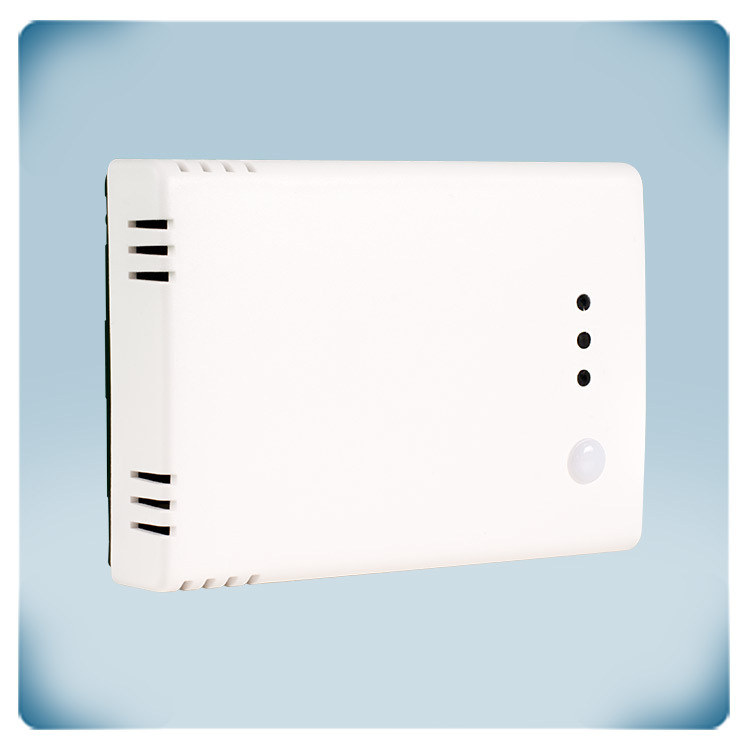
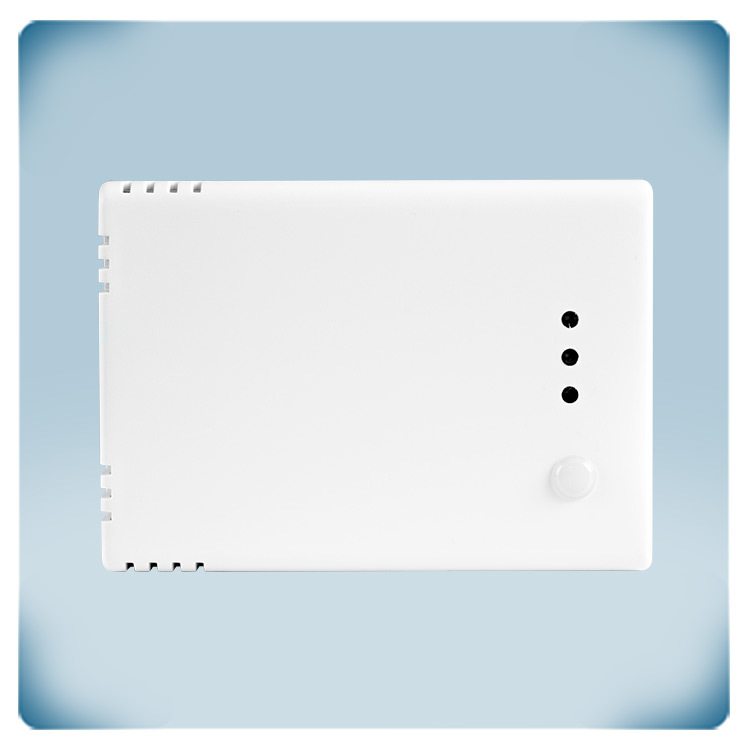
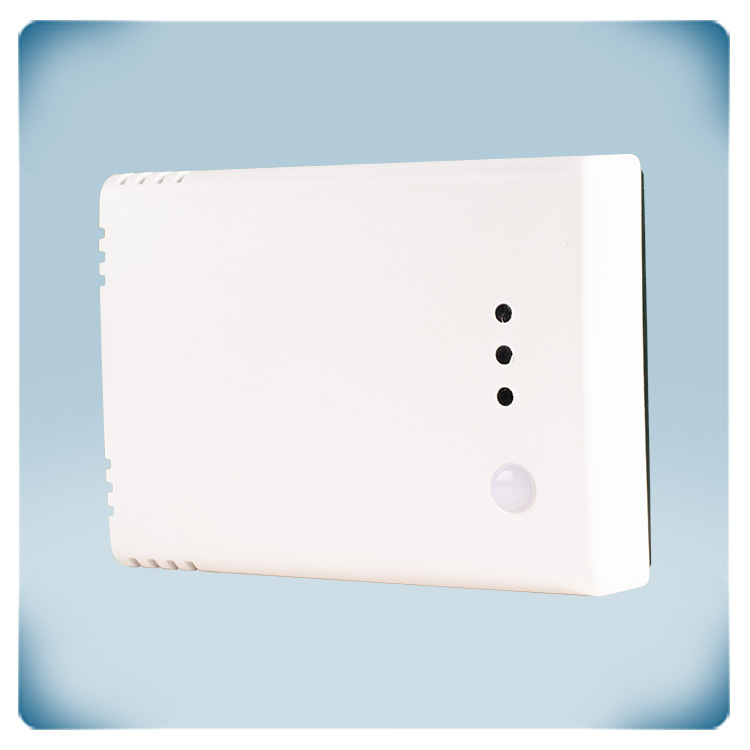
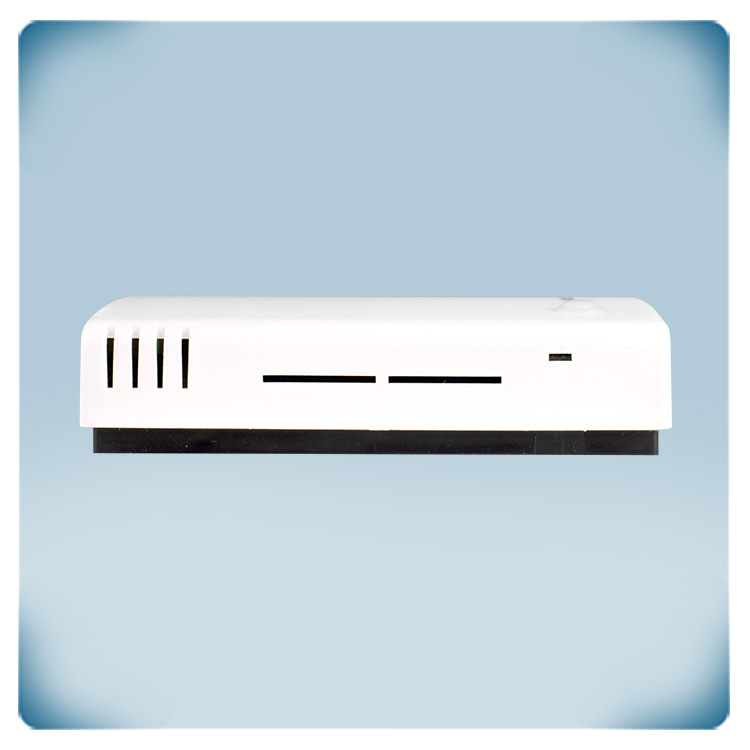
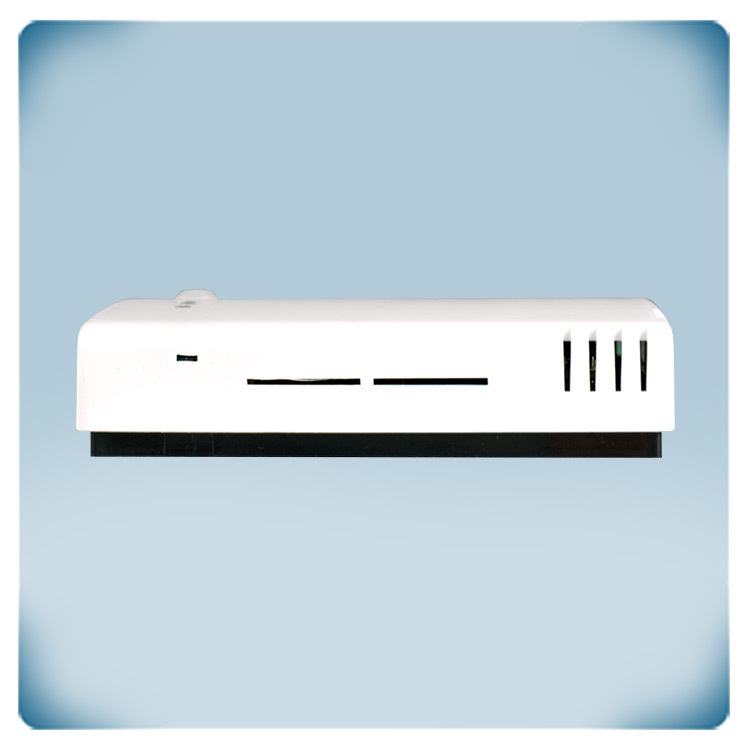
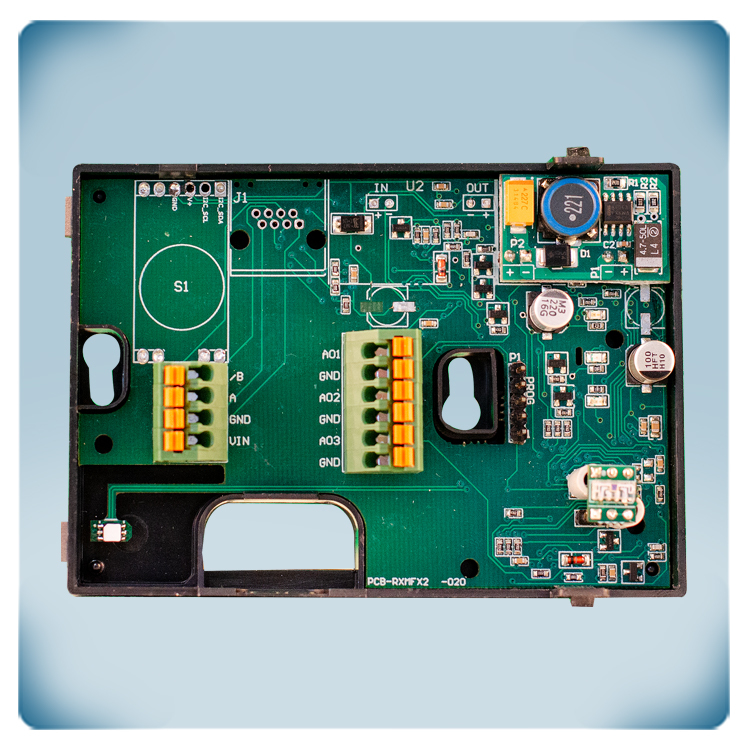
.webp)
.webp)
.webp)
.webp)
.webp)
.webp)
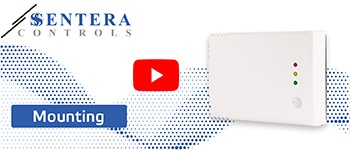
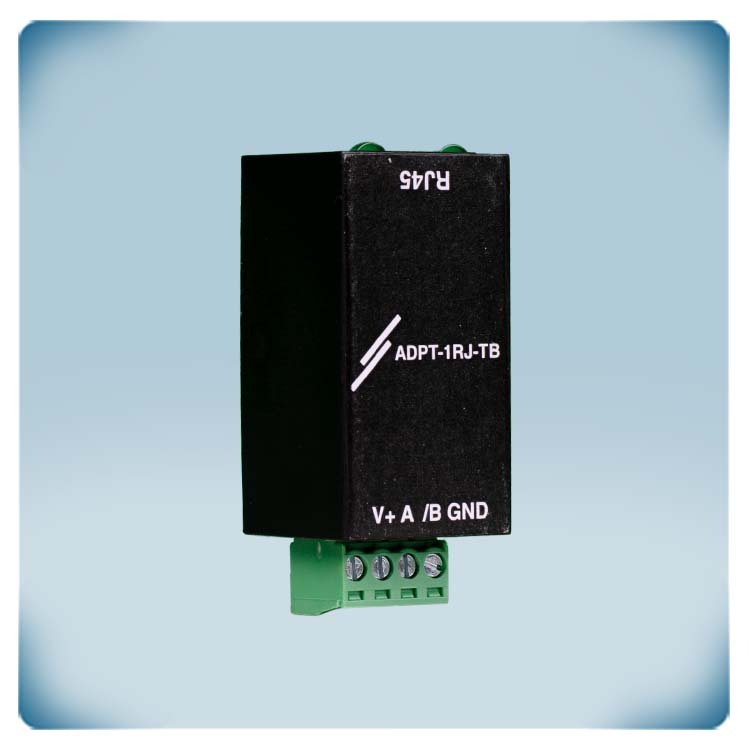
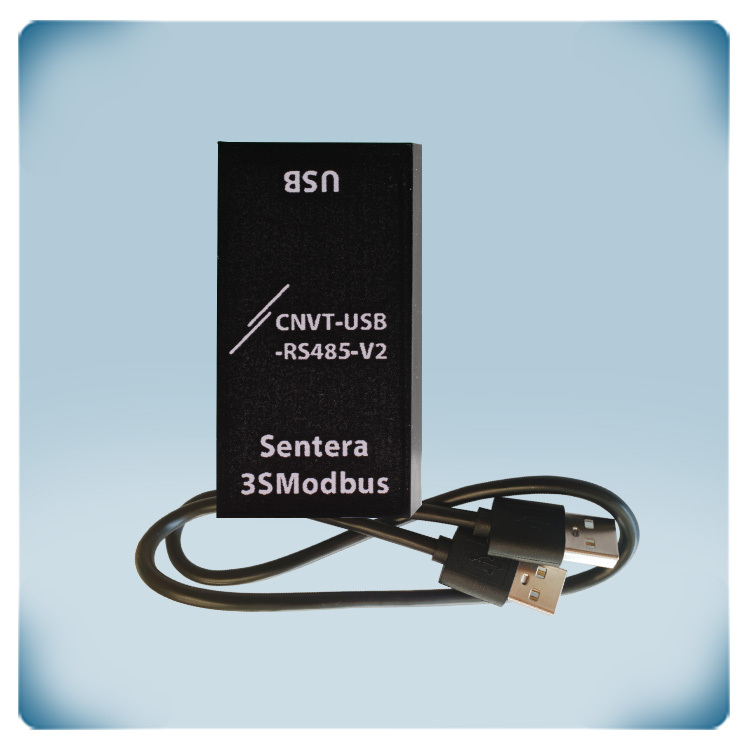
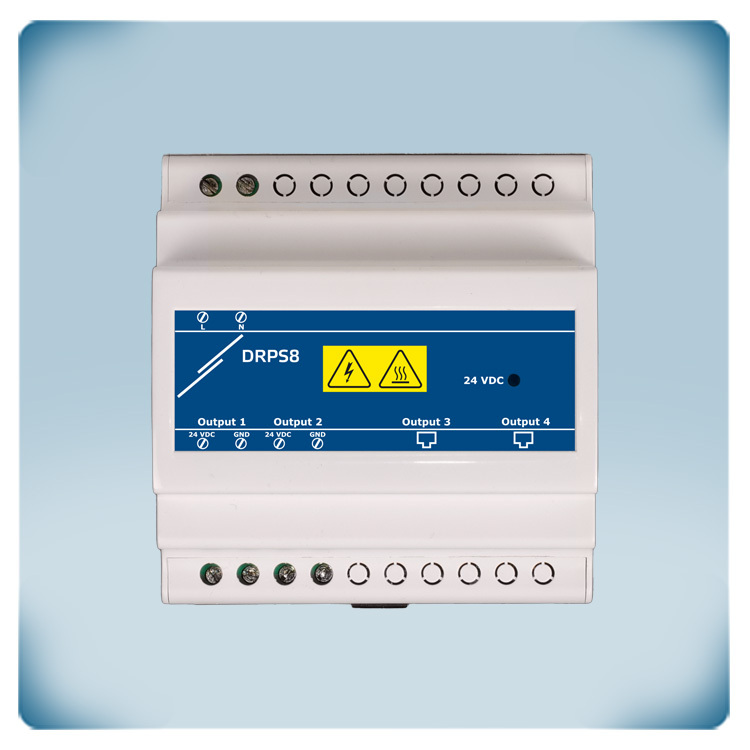

Remarks, reviews & ratings